Satellite Office Designs May Be on the Horizon
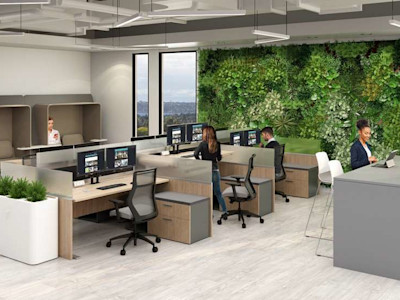
The popularity of hybrid models is on the rise. This has led to the need for satellite offices. These offices provide employees with a place to work outside the company’s main office. The size of the company does not always determine satellite offices. The location and concentration of employees make the satellite office design plan a viable solution accommodating employees in varying locations. People often confuse hybrid models with a remote model. Remote workers can and do perform their work without the need for an in-person office. Working remotely can mean working from home or any location. A hybrid model is a mix of working in person and remotely. This office design plan is an excellent solution to keeping the structure workers might need to perform outside of the main office. Satellite offices can be located in a different area of a large city, state, and in some cases, a different country. Therefore, these office options can serve many purposes. They can accommodate many employees or just a few at a time. Deciding if a satellite office is the right solution for you depends on a company’s needs and what is expected of employees.
Why Hybrid Offices are More Important Now than Ever
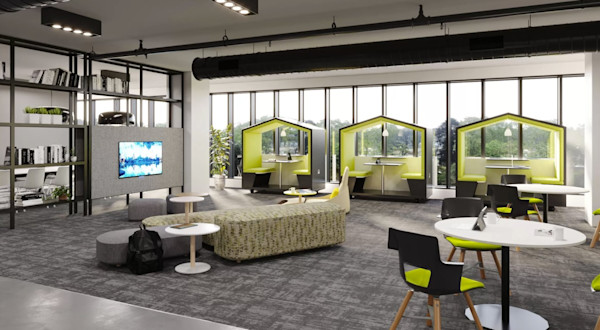
Company Growth and Satellite Offices
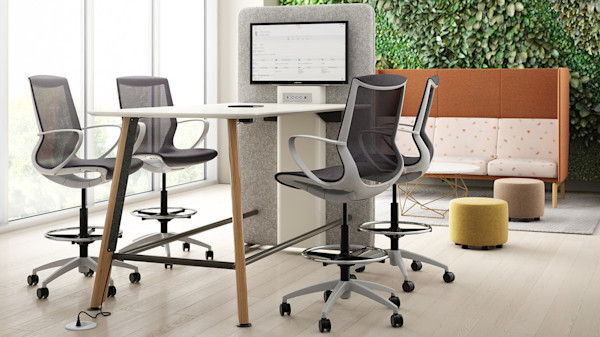
Who is the Satellite For?

The Need for a Satellite Office
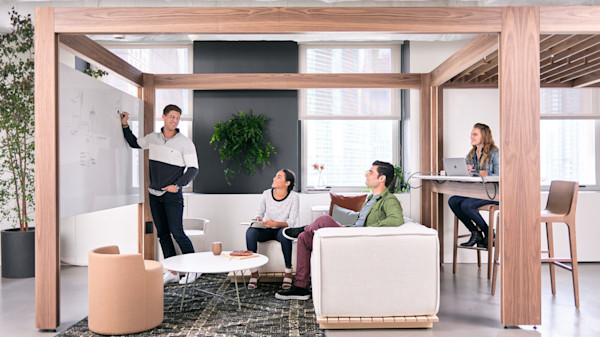
The Shared Satellite Office
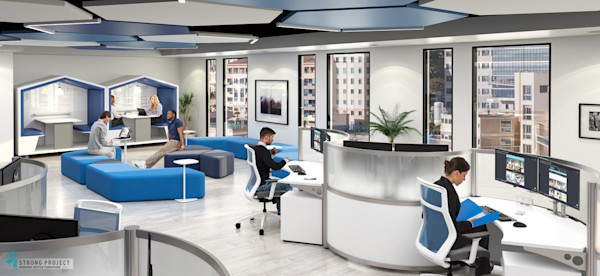
Satellite Office Design Plans
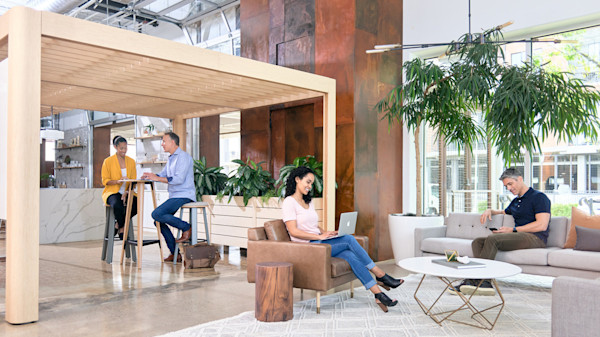
Should you Use a Satellite Office?




